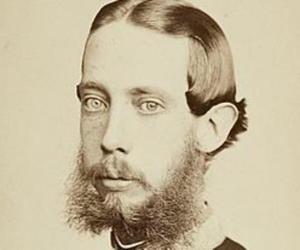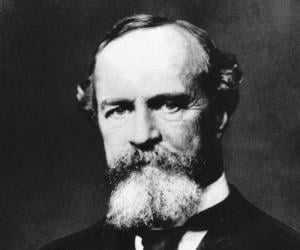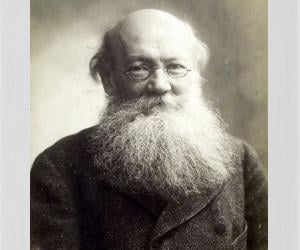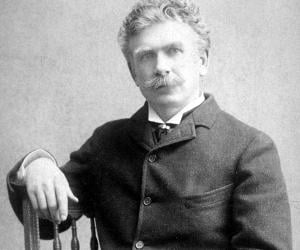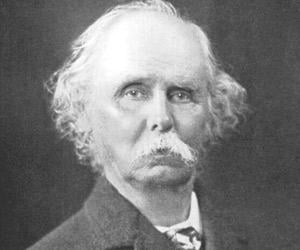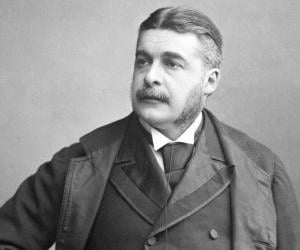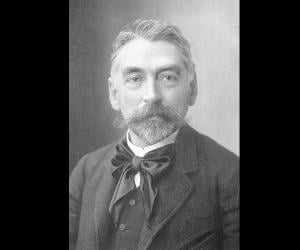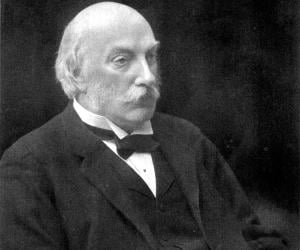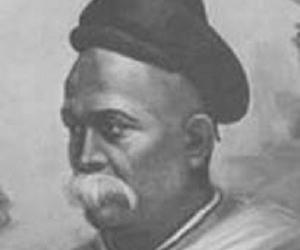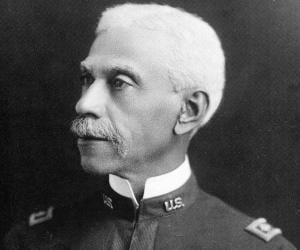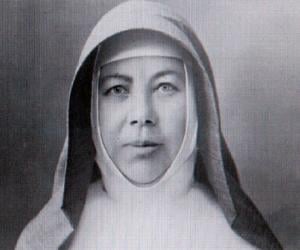William James was an American psychologist and philosopher. Widely regarded as the father of American psychology and one of the most influential American philosophers, James was the first educator in the United States to offer a course in psychology. He is also credited with co-founding a psychological school of thought called functional psychology and establishing a philosophical school called pragmatism.
Russian philosopher Peter Kropotkin was a passionate advocate of anarcho-communism. He was also an activist, revolutionary, economist, and sociologist. He was arrested and imprisoned for his activism in 1874. However, he managed to escape and lived in exile for over 40 years in different countries across Europe. He returned to Russia after the Russian Revolution in 1917.
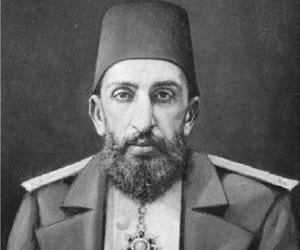
One of the co-founders of the English neoclassical school of economics, 19th-century economist Alfred Marshall is best remembered for his path-breaking book Principles of Economics. His studies on topics such as marginal utility, consumer’s surplus, and the elasticity of demand, enriched the field of economics for years to come.
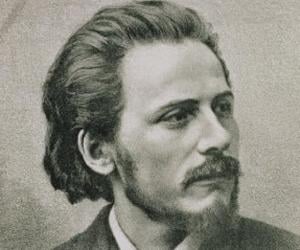
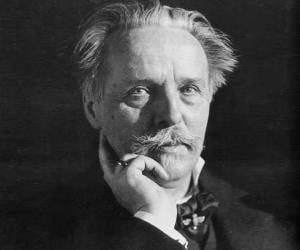
German author Karl May is best remembered for his travel and adventure tales, which narrate stories set in the Middle East and other lands. His best-known works include The Treasure in the Silver Lake. He developed his love for literature after reading voraciously while in prison for fraud.
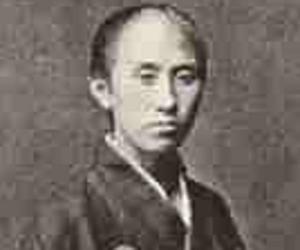
Okita Sōji was a Japanese military leader who served as the captain of the pilot batch of the Shinsengumi, Kyoto's special police force during the late shogunate period. Okita Sōji is often counted among the best swordsmen of the police force. Okita Sōji has been immortalized in various novels, manga series, and period dramas.
Stéphane Mallarmé was a French poet whose work inspired many artistic schools of the 20th century like Surrealism, Futurism, Dadaism, and Cubism. Over the years, his poetry has also served as an inspiration for many musical pieces, including Claude Debussy's Prelude to the Afternoon of a Faun. Mallarmé's work also influenced Man Ray's film, Les Mystères du Château de Dé.
Although John William Strutt, 3rd Baron Rayleigh, received the Nobel Prize for his discovery and isolation of the inert gas argon, his contributions to Physics is not limited to that. Known to make extensive contributions to theoretical and practical physics, especially in the fields of acoustics and optics, his works are now considered to mark the beginning of modern acoustics.
Mahadev Govind Ranade was an Indian social reformer, scholar, author, and judge. Ranade is credited with co-founding the Indian National Congress as well as founding several organizations like the Poona Sarvajanik Sabha, Widow Marriage Association, and Vaktruttvottejak Sabha. He also contributed as an editor of a nationalist publication named Induprakash.
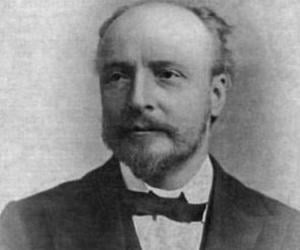
James Dewar was a British chemist and physicist best known for his invention of the vacuum flask. He conducted considerable research into the liquefaction of gases and atomic and molecular spectroscopy. He also wrote papers on the qualities of hydrogen and organic chemistry. He was awarded the Albert Medal of the Royal Society of Arts and the Rumford Medal.
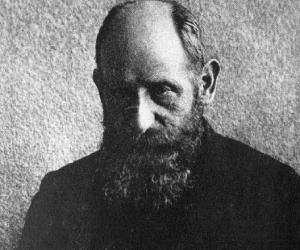
Psychoanalyst and physician Josef Breuer inspired what later came to be known as Sigmund Freud’s cathartic method to treat mental ailments. His experiments with his patient Anna O. proved the therapeutic effect of the talking cure. He had also conducted research on the respiratory cycle and discovered the Hering-Breuer reflex.
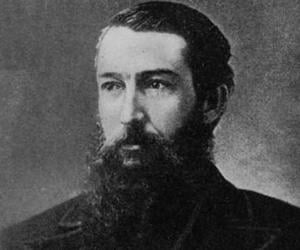
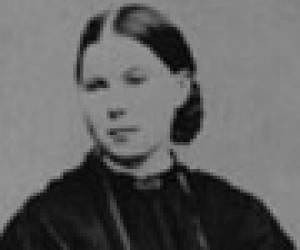
Renowned educator of the 1800s, Charlotte Mason introduced a new way of teaching children, which included the use of books which engage the reader, or what she called “living books,” maintaining a nature journal, and using music and art as resources. She helped develop homeschooling techniques that are in use to this day.
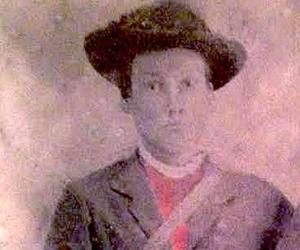
Confederate soldier Sam Davis, who was captured, convicted and executed by Union forces at just 21 years of age in Pulaski, Tennessee, during the American Civil War, is remembered for his courage and loyalty and lauded as the Boy Hero of the Confederacy. A martyr to the Confederate cause, Davis was eulogized by Middle Tennesseeans for his bravery and sacrifice.
Born into slavery, Allen Allensworth successfully disguised himself in a uniform and marched to freedom, along with the Union soldiers during the Civil War. He later served the U.S. Navy and eventually became a Baptist preacher. The first Black American lieutenant colonel, he also formed the town Allensworth.

Mary MacKillop, the first Australian to be made a saint by the Catholic Church, was born to poor Scottish immigrants and had taken up the reins of her family at age 14. She got a pedophile priest dismissed and is thus revered as a patron saint of sexual abuse victims.
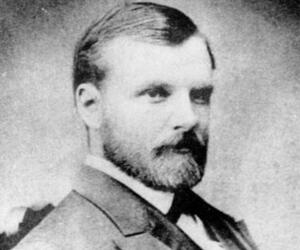
US geologist, mining engineer, and mountaineer Clarence King was the 1st director of the US Geological Survey. While preparing his report, Systematic Geology, he found the first US glaciers. Mostly known for his exploration of the Sierra Nevada mountain range, he penned the iconic work Mountaineering in the Sierra Nevada.
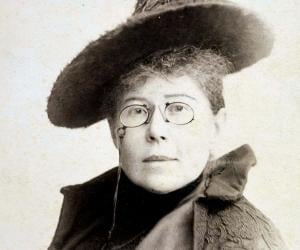
Maria Konopnicka was a Polish poet, children's writer, novelist, translator, critic, journalist, and activist for Polish independence and women's rights. Counted among the most prominent poets of Poland's Positivist period, Maria Konopnicka first gained prominence after the publication of her poem In the Mountains. A number of memorials and statues have been erected across Poland in her honor.
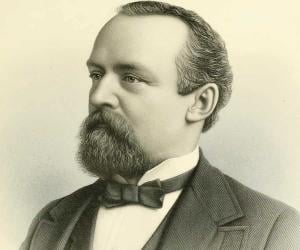
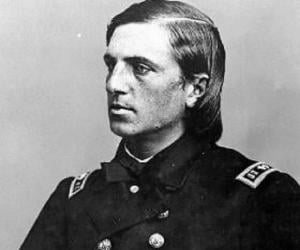
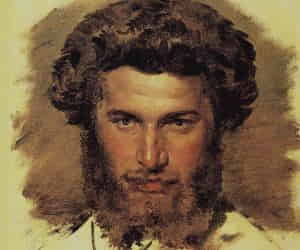
Arkhip Kuindzhi was a Russian painter of Greek origin. Best remembered for his landscape paintings, Kuindzhi traveled extensively throughout his life. He then went on to serve as a professor at the St. Petersburg Academy of Arts in Russia. He is credited with teaching future painters and artists like Konstantin Bogaevsky, Nicholas Roerich, and Arkady Rylov.
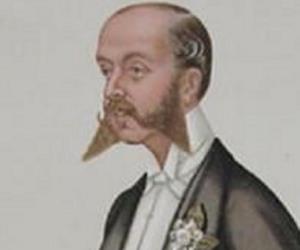
Part of the famous Rothschild banking family from Frankfurt, Alfred de Rothschild started his career with his family’s N.M. Rothschild Bank in London. He later had a 20-year stint as the director of the Bank of England. A passionate art collector, he later also served as a trustee of the National Gallery.
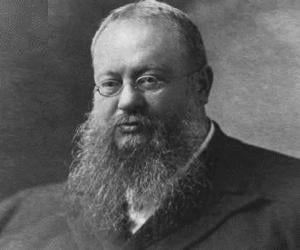
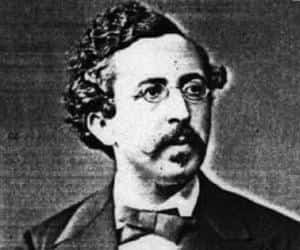
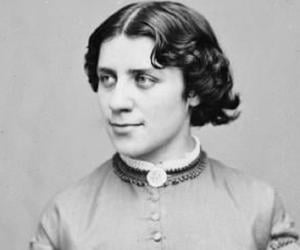
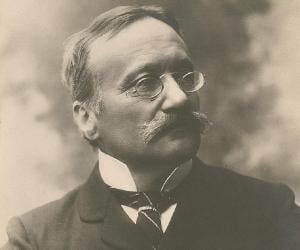
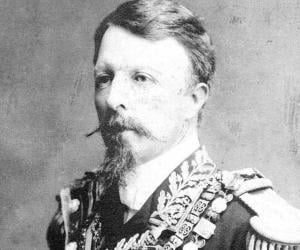
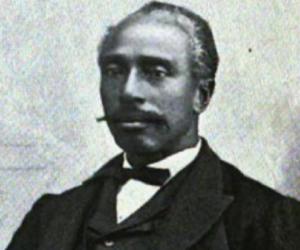
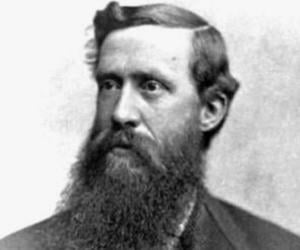
Renowned ornithologist Elliott Coues, known for his pathbreaking written works such as Key to North American Birds, had established the American Ornithological Union. He had also previously worked as an army surgeon and later taught anatomy. He was also briefly part of the Theosophical Society, though he later lost interest.
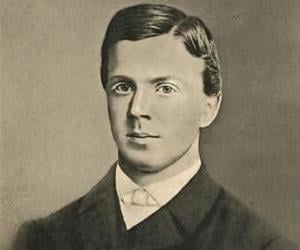
Legendary Norwegian composer Rikard Nordraak was a child when he began composing music. Best known for composing his country’s national anthem, Ja, vi elsker dette landet, he was also part of the New Norwegian Society and the nationalistic art movement in Norway. Folk music inspired many of his compositions.
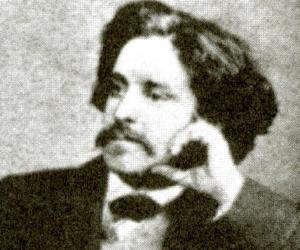
Paul Lafargue was a Cuban-French political writer, literary critic, journalist, activist, and Marxist socialist. One of the most popular socialists of all time, Paul Lafargue is best remembered for his 1883 book, The Right To Be Lazy, which had a huge impact among the working class. The book explains the importance of leisure and compares labor to slavery.
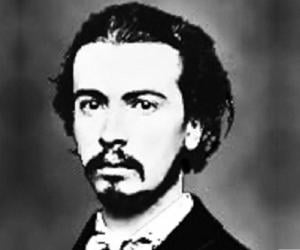
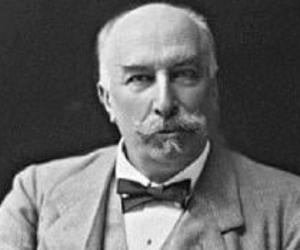
Five-time prime minister of Italy, Giovanni Giolitti was a trained lawyer and had also served the civil services. Though he helped his country prosper significantly, he was often criticized for his ways and means, especially for giolittismo, a technique associated with violence during elections, which he resorted to.
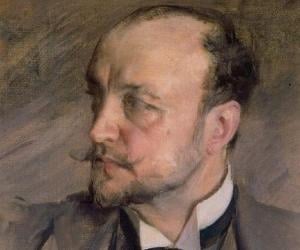
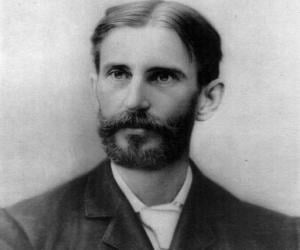
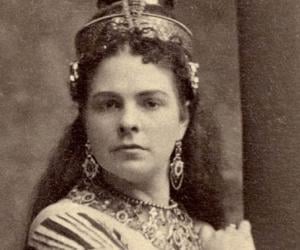
Annie Louise Cary was an American singer who made her debut as a profundo contralto in Italian opera in 1868. She went on to become one of the most popular singers in America and frequently collaborated with other famous singers like Carlotta Patti. At the time of her retirement in the mid-1880s, Annie was the most famous singer in America.
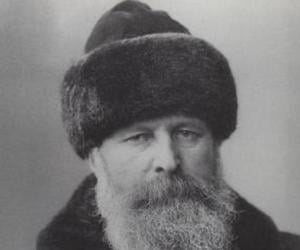
Vasily Vereshchagin was a Russian war artist who became one of the earliest artists from Russia to be recognized internationally. Vereshchagin is best remembered for his realist war scenes which were not printed or exhibited extensively due to their graphic nature. Vasily Vereshchagin is one of the most popular Russian war artists of all time.
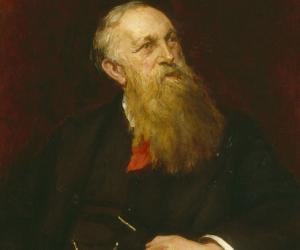
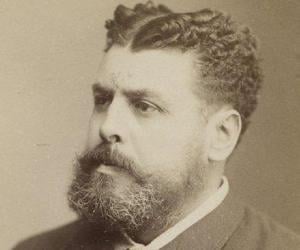
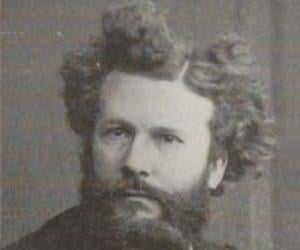
French astronomer Camille Flammarion began his career as a human computer at the Paris Observatory at 16. He believed intelligent beings from Mars had tried to communicate with people on Earth in the past. He also published L'Astronomie and penned sci-fi novels such as Omega: The Last Days of the World.
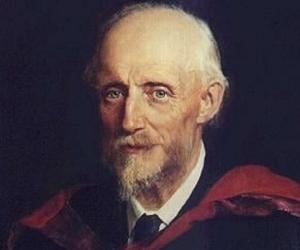
Osborne Reynolds is best remembered for revolutionizing the fields of hydraulics and fluid dynamics. Born to a clergy father who was also a mathematician, Reynolds developed an interest in mechanics early in life. Reynolds was the first engineering professor at Owens College, Manchester, and also a Royal Society fellow.
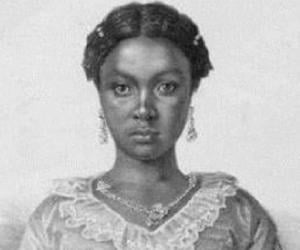
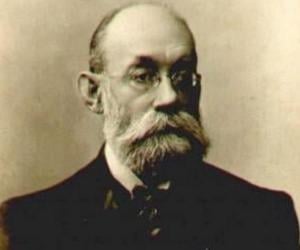
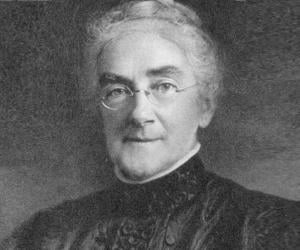
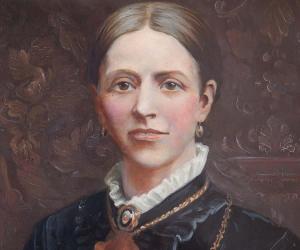
Women’s rights activist Helen Blackburn was one of the first to campaign for women’s employment in her country and also co-authored the book Women under the Factory Act with author Nora Vynne. She was the editor of The Englishwoman’s Review and was associated with the National Society for Women’s Suffrage, too.
